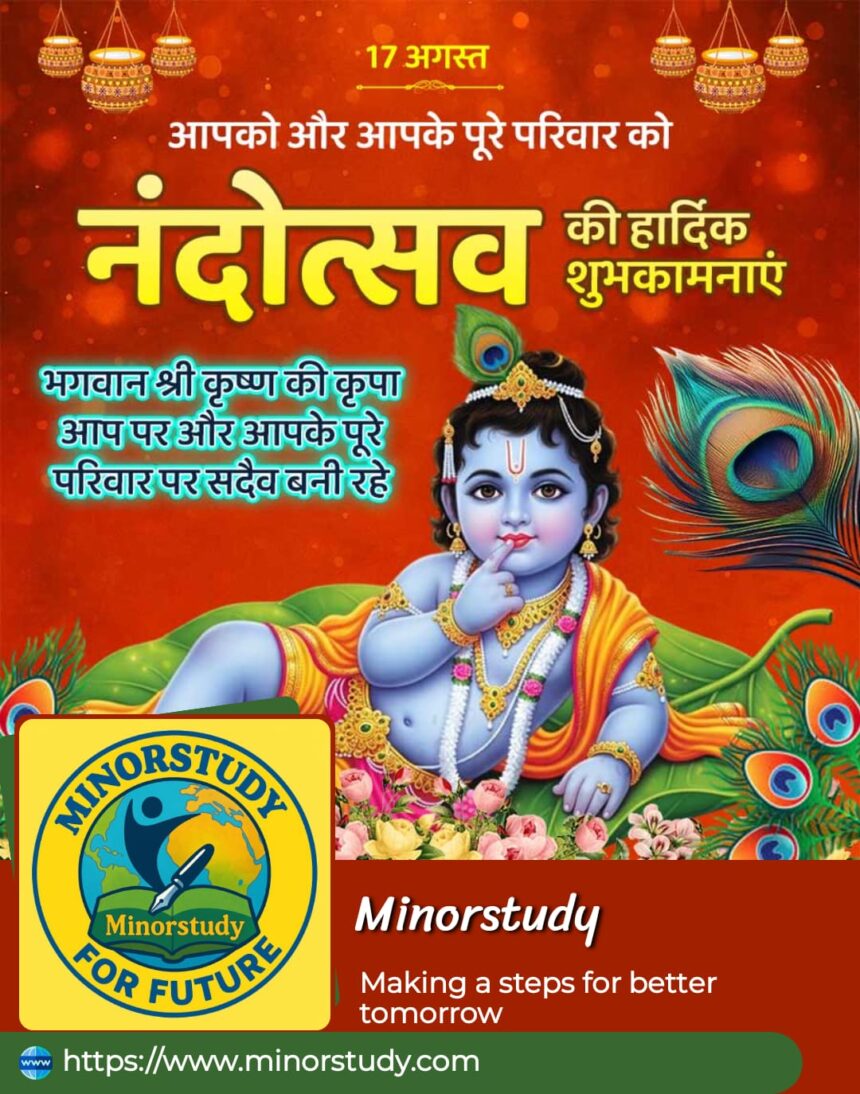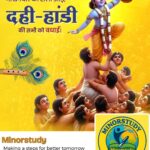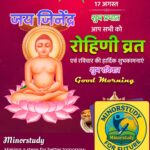5 Joyful Insights About Nandotsav That Will Enlighten You
Nandotsav, also known as the celebration of Nanda Maharaj, is a vibrant festival that follows Janmashtami, commemorating the birth of Lord Krishna. While Janmashtami celebrates Krishna’s arrival, Nandotsav celebrates the joy and hospitality of Nanda Maharaj, Krishna’s foster father, and the surrounding community who rejoiced at the divine birth. This festival is a reflection of human emotions—love, happiness, community bonding, and devotion—showing how mythology intertwines with social life.
In this article, we explore the history, timeline, significance, rituals, facts, FAQs, wishing traditions, daily life impact, and societal importance of Nandotsav in a human-friendly way.
History of Nandotsav
Nandotsav has its origins in Vrindavan, the village where Krishna spent his childhood. According to legends, when Krishna was born to Devaki and Vasudeva in Mathura, Vasudeva secretly carried him to Gokul to protect him from King Kansa. Nanda Maharaj and Yashoda joyfully received Krishna into their home. To honor the divine arrival, the people of Gokul organized grand celebrations with music, dance, feasts, and joy, which became the foundation of Nandotsav.
The festival is not only a celebration of Krishna’s life but also emphasizes community participation, generosity, and the sharing of happiness. It shows how human values of hospitality, devotion, and love can be intertwined with spiritual stories.
Timeline and Observance
Nandotsav is celebrated the day after Janmashtami, usually in August or September according to the Hindu lunar calendar. The festival is marked by joyful gatherings, music, and communal feasting.
Typical Timeline of Nandotsav
Morning Preparations: Homes and temples are decorated with flowers, rangoli, and lights. Devotees prepare sweets and special dishes.
Community Gatherings: People gather at Nanda Maharaj’s symbolic home or local temples to celebrate collectively.
Festive Processions: In some regions, processions are organized with singing, dancing, and enactments of Krishna’s childhood.
Feasts and Offerings: Food prepared in devotion is offered to Lord Krishna and distributed among the community.
Evening Celebrations: Cultural performances, devotional songs (bhajans), and stories of Krishna’s childhood are shared, reinforcing the festival’s joyous spirit.
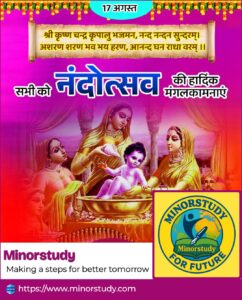
Fascinating Facts About Nandotsav
Celebrates Community Joy: Unlike Janmashtami, which focuses on Krishna’s birth, Nandotsav emphasizes shared happiness and community bonding.
Derived From Vrindavan Traditions: The festival originates from the age-old customs of Vrindavan, where local residents celebrated Krishna’s arrival with music, dance, and feasts.
Cultural Programs: Many regions organize theatrical reenactments of Krishna’s childhood during Nandotsav, making it an engaging and educational event.
Music and Dance: Folk songs, bhajans, and dance performances are central, reflecting the human delight in storytelling and entertainment.
Spiritual Symbolism: The festival symbolizes joy, gratitude, generosity, and the welcoming of divinity into human life.
Feasting Tradition: Traditional sweets like pedas, laddoos, and milk-based delicacies are prepared and shared, promoting community spirit.
Global Observance: Indian communities worldwide observe Nandotsav, extending Krishna’s cultural and spiritual stories to new generations.
FAQs About Nandotsav
Q1: What is Nandotsav?
A: Nandotsav is a festival celebrated to honor Nanda Maharaj and the joyful reception of Lord Krishna after his birth. It is observed the day after Janmashtami with music, dance, and feasts.
Q2: Why is it called Nandotsav?
A: The name comes from “Nanda” (Krishna’s foster father) and “Utsav” (festival), meaning the festival of Nanda’s joy.
Q3: What rituals are performed during Nandotsav?
A: Devotional singing, dancing, offering sweets to Krishna, and community feasting are common rituals.
Q4: Where is Nandotsav celebrated the most?
A: Vrindavan and Mathura are the historical centers, but celebrations occur across India, particularly in regions with strong Krishna devotion.
Q5: Can children participate in Nandotsav?
A: Yes, children often participate in cultural programs, folk dances, and storytelling sessions, helping pass the traditions to the next generation.
Significance of Nandotsav in Daily Life
Nandotsav is not just a festival; it carries meaningful life lessons and societal values:
Community Building: Celebrations encourage social cohesion and collaboration, enhancing neighborhood relationships.
Cultural Education: Children and adults learn about Krishna’s life and the importance of joy, generosity, and sharing.
Emotional Well-Being: Engaging in music, dance, and communal feasting promotes mental happiness and a sense of belonging.
Gratitude and Generosity: Offering food and sweets reflects the spirit of giving and sharing joy with others.
Religious and Spiritual Awareness: Participating in rituals nurtures spiritual understanding, mindfulness, and reverence for tradition.
Wishing Traditions
During Nandotsav, it is customary to greet loved ones and community members with phrases like:
“Happy Nandotsav!”
“May Lord Krishna bring joy and prosperity to your home!”
Families and neighbors exchange sweets and small gifts, reinforcing bonds and spreading happiness.
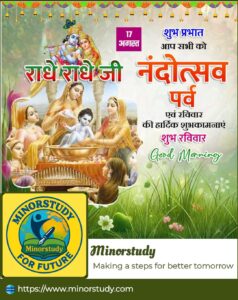
Important Points to Remember
Emphasize community participation over competition.
Maintain cleanliness and decorum during processions and feasts.
Share cultural stories and legends of Krishna to educate the younger generation.
Respect local customs and safety protocols during public celebrations.
Focus on joy, unity, and devotion rather than commercial aspects.
Conclusion: Nandotsav’s Impact on Society
Nandotsav is a celebration of joy, community, and devotion. While Janmashtami marks the birth of Krishna, Nandotsav celebrates the human experience of receiving divinity into daily life—a perfect blend of mythology and social bonding.
The festival teaches important life lessons: gratitude, sharing, community cohesion, emotional happiness, and cultural continuity. Participating in Nandotsav not only strengthens spiritual awareness but also nurtures human values of kindness, celebration, and collaboration.
In contemporary society, Nandotsav inspires generosity, social unity, and cultural pride. The vibrant processions, music, dances, and communal feasts remind us of the importance of joy and togetherness, making Nandotsav a festival that truly enhances human life.
So, the next time you participate in Nandotsav, remember: it is more than a festival—it is a celebration of life, love, and community spirit.

